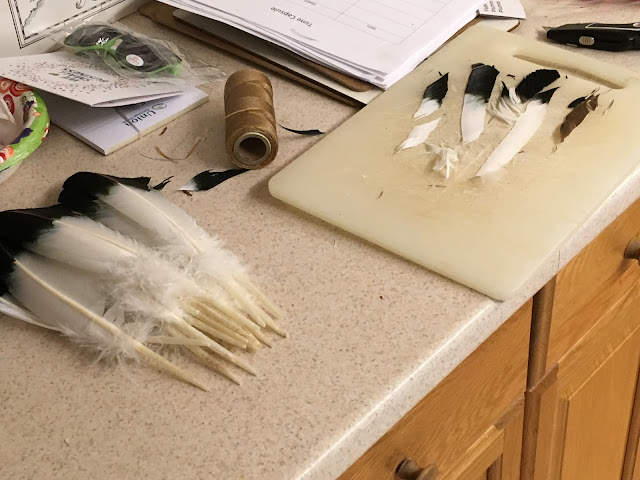Indian Cucumber Root, Medeola virginiana is a native wildflower that has been used for food by many Native American communities. As the name suggests, this plant's roots taste and smell like a cucumber. They can be found in all New England states and as far west as Illinois and south to Florida, where they are listed as endangered. Native American communities found several interesting medicinal uses for this pretty flowering plant that is in the Lily family.
About Indian Cucumber Root
Indian cucumbers have rhizomatous roots that run horizontally through the soil. Native Americans had a good reason for seeking out this plant because its small three-inch white roots are crisp and taste and smell like a cucumber. The best time to forage for them is in late summer because this is when they are the sweetest. Native American communities would eat them raw or cooked them like a potato.
Indian Cucumber Roots grow one to two feet high and have just one single stem. This wooly stem, which has no branches, bears one or two whorls of lance-shaped leaves. Plants that are going to bloom develop two whorls of leaves, the lower set has up to nine leaves and the top set has three to four leaves. A whorl refers to all leaves growing out from one point on the stem. The upper whorl of leaves overhangs the flower, making it a challenge to spot, especially because it is green. The blooms are spidery nodding yellowish-green flowers, whose petals curve back. Eventually, the plant bears blue to purple berries, that stand atop the leaves. This plant grows in moist, shady hardwood and mixed wood forests. Most often, it buds in May and blooms in June. By late July green berries begin to emerge, which ripen in the fall to their blue-purple color with the under set of leaves turning red.
In addition to a source of food, many Native American communities made tea from berries and leaves and gave this mixture to children and babies to treat convulsions. The Iroquois made a compound infusion called "Little Water" and put this solution on injured or sore limbs. They also chewed the raw root to a paste and used it as fish bait on a hook. Many Native American communities also used an infusion of the root as a diuretic to maintain kidney health and to treat swellings.
Did You Know...
The Latin name Medeola comes from the sorceress Medea because the root was thought to have healing properties. Medea is best known for leaving the dismembered body parts of her brother to distract her father from pursuit during her flight with Jason and the Golden Fleece.
This plant is not abundant in the wild. Digging up the roots kills this plant, and for this reason, they shouldn't be foraged.
Indian Cucumber Root is a favorite of deer, voles, and rabbits.
Sometimes the flower of this plant is mistaken for a starflower.









.jpg)



